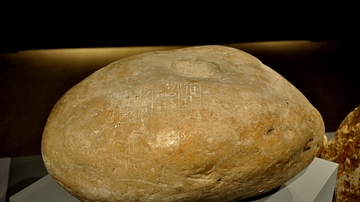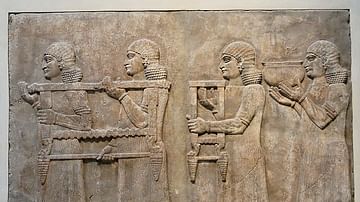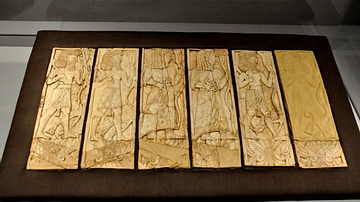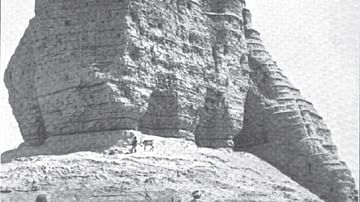Server Costs Fundraiser 2024
Illustration
A map illustrating the rise and expansion of the Neo-Assyrian Empire, an ancient civilization in Mesopotamia from the second millennium BCE that followed two distinct phases of Assyrian history, as successive Assyrian rulers were intentionally bent on expanding the state. They achieved tremendous territorial growth, eventually ruling over the Middle East from the Taurus Mountains in the North to the edge of the Arabian desert and the Persian Gulf in the South, from Egypt and the Levant in the West to the Zagros Mountains in the East. This enormous area was administrated from a single capital in the Assyrian heartland, which subsequently changed from Assur to Kalhu to Dur-Sharrukin and Nineveh. Due largely to their military skill, technological ingenuity, and advanced administration, the Neo-Assyrians established the largest (and some say first) empire the world had seen.
About the Author
Cite This Work
APA Style
Netchev, S. (2022, January 21). The Neo-Assyrian Empire (c. 921 - 627 BCE). World History Encyclopedia. Retrieved from https://www.worldhistory.org/image/15148/the-neo-assyrian-empire-c-921---627-bce/
Chicago Style
Netchev, Simeon. "The Neo-Assyrian Empire (c. 921 - 627 BCE)." World History Encyclopedia. Last modified January 21, 2022. https://www.worldhistory.org/image/15148/the-neo-assyrian-empire-c-921---627-bce/.
MLA Style
Netchev, Simeon. "The Neo-Assyrian Empire (c. 921 - 627 BCE)." World History Encyclopedia. World History Encyclopedia, 21 Jan 2022. Web. 26 Jul 2024.








